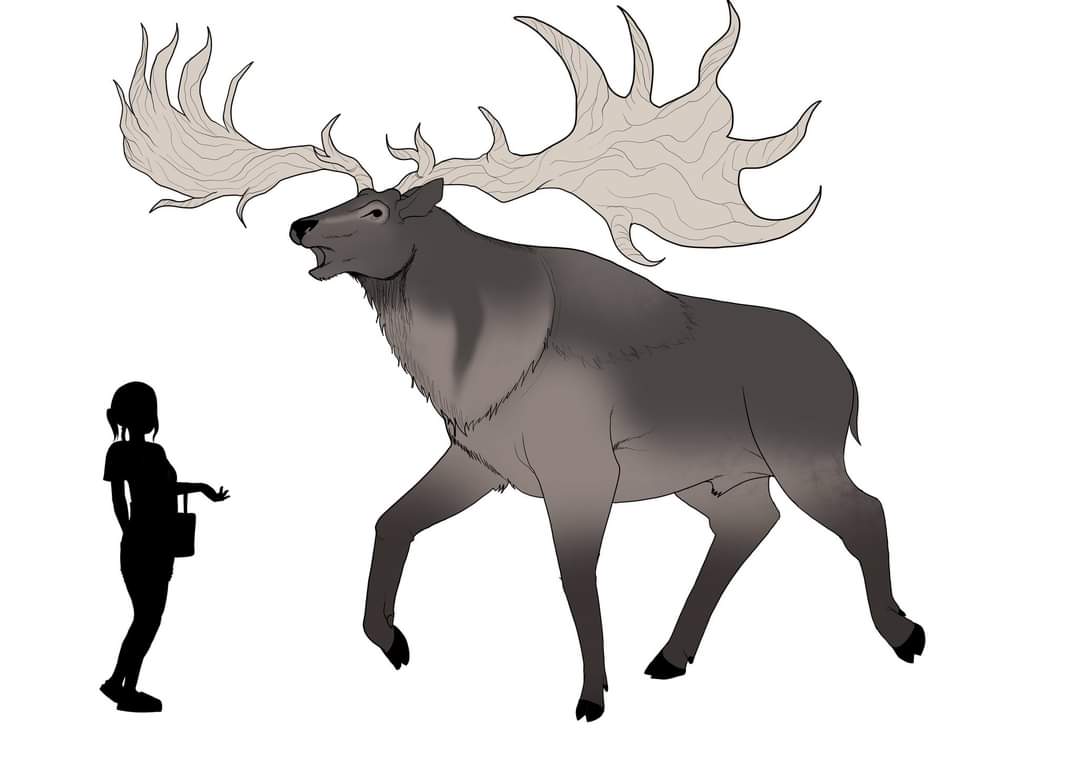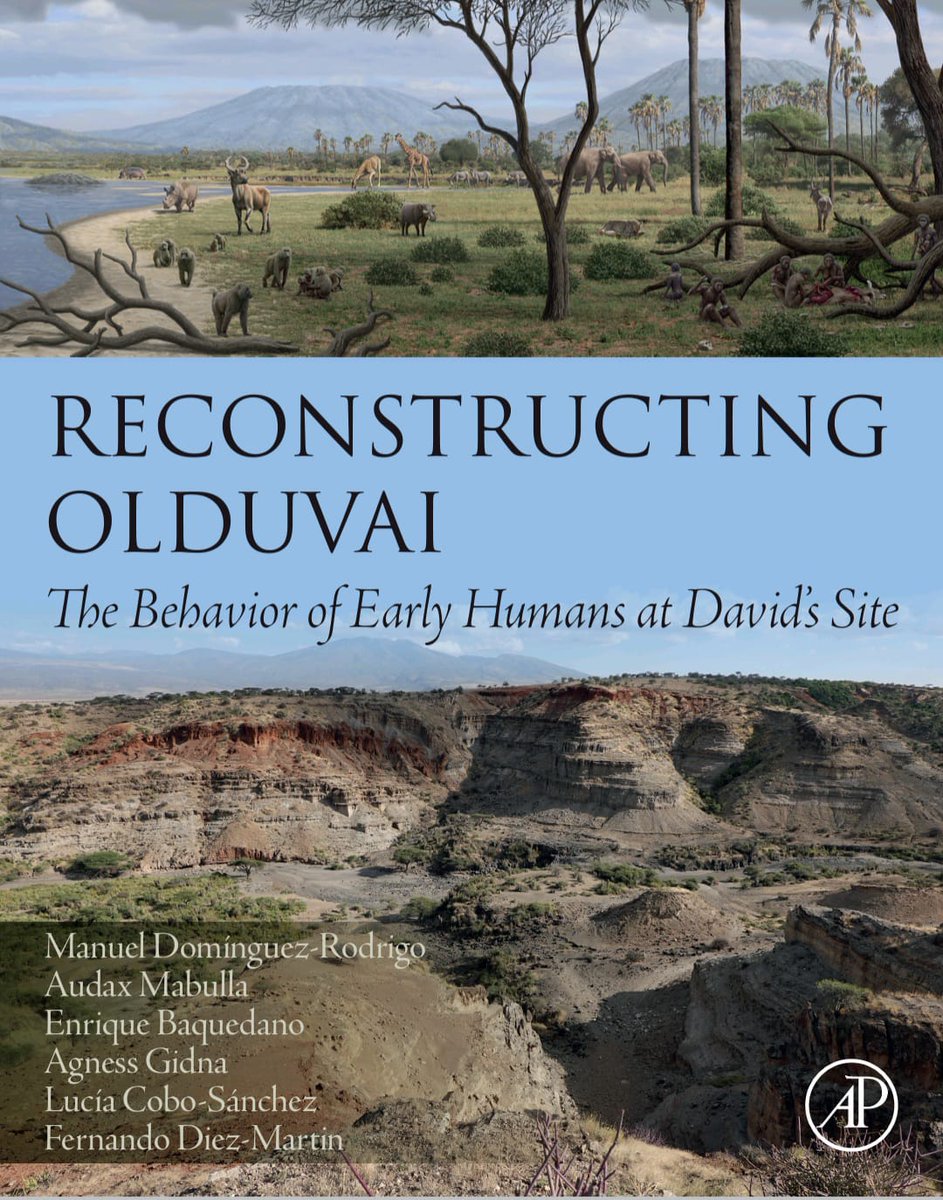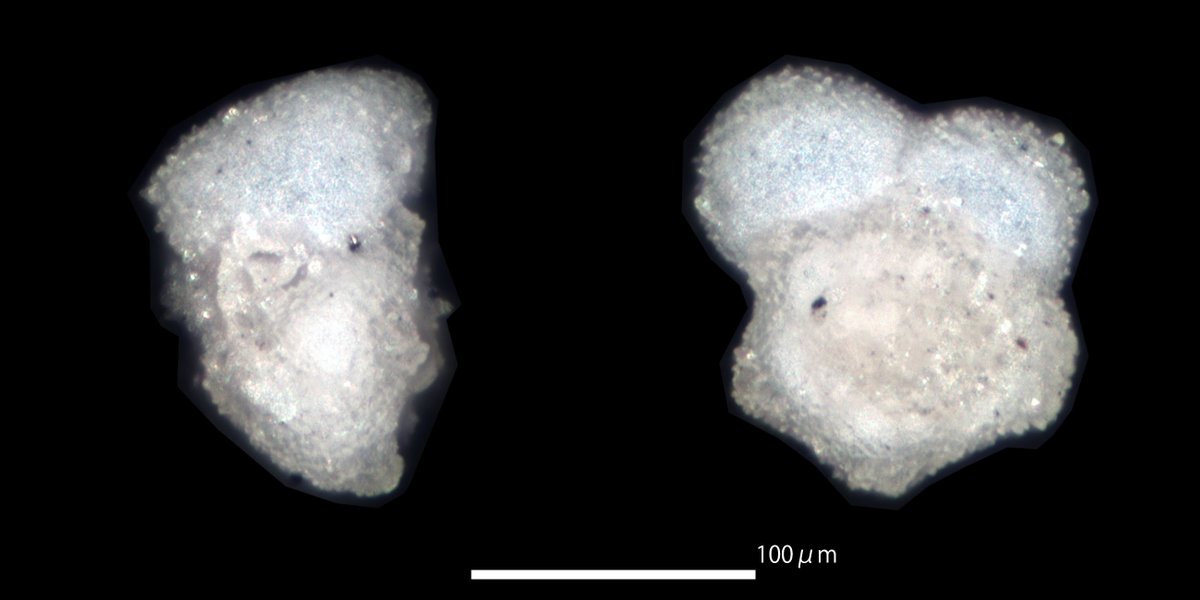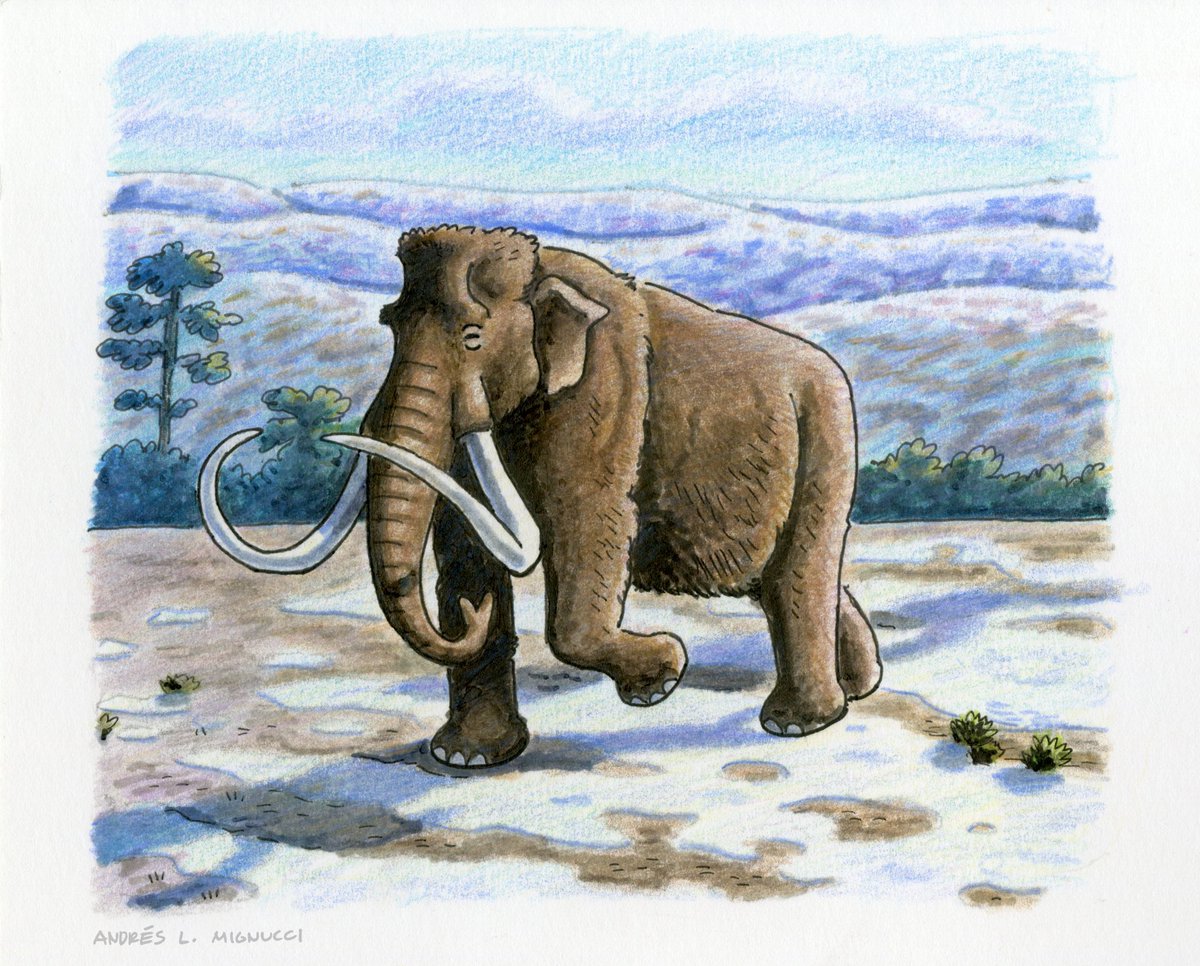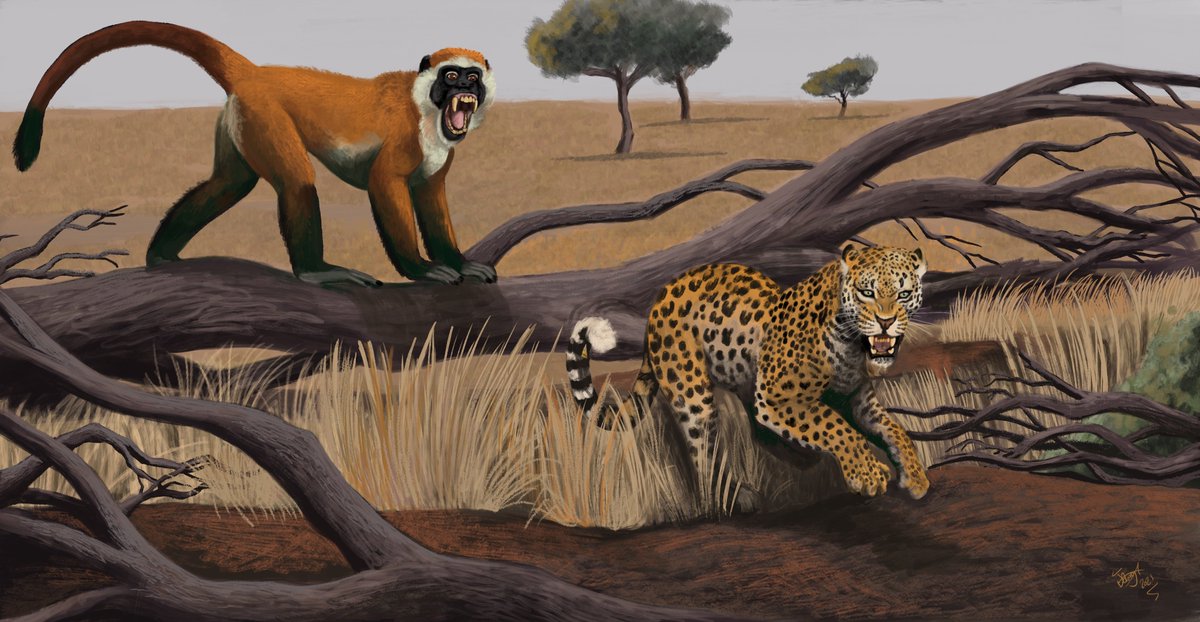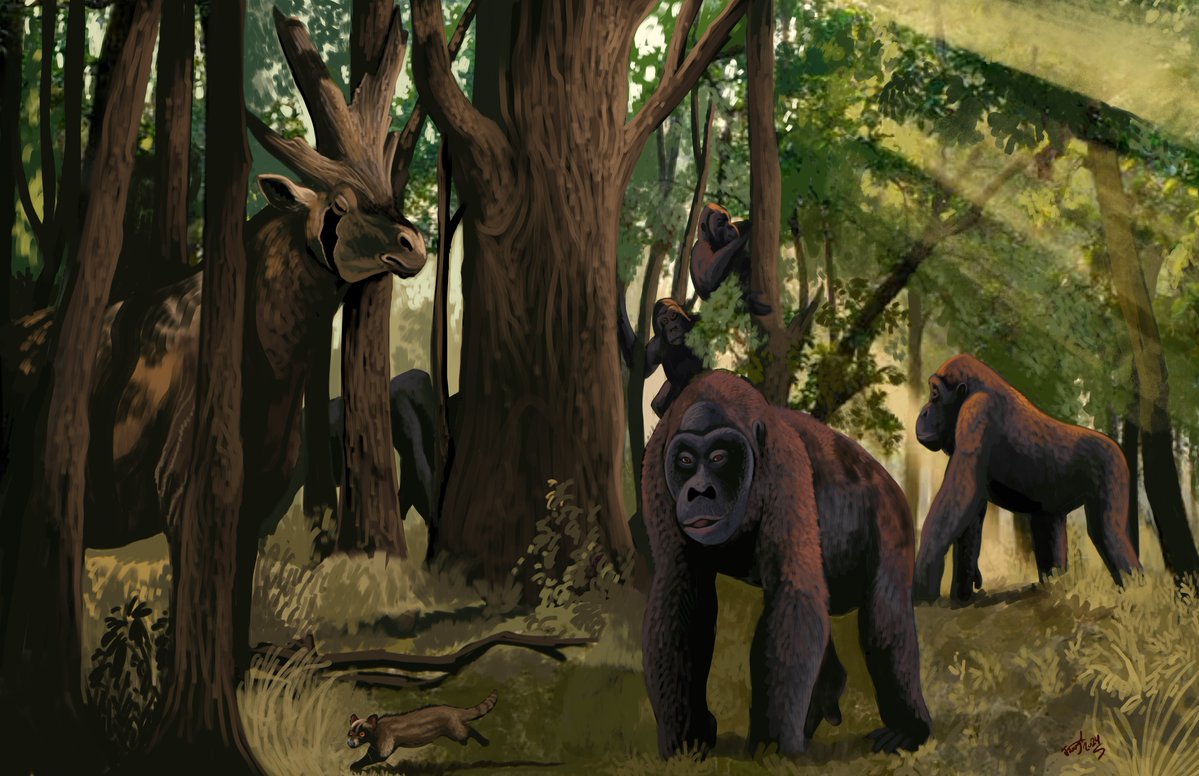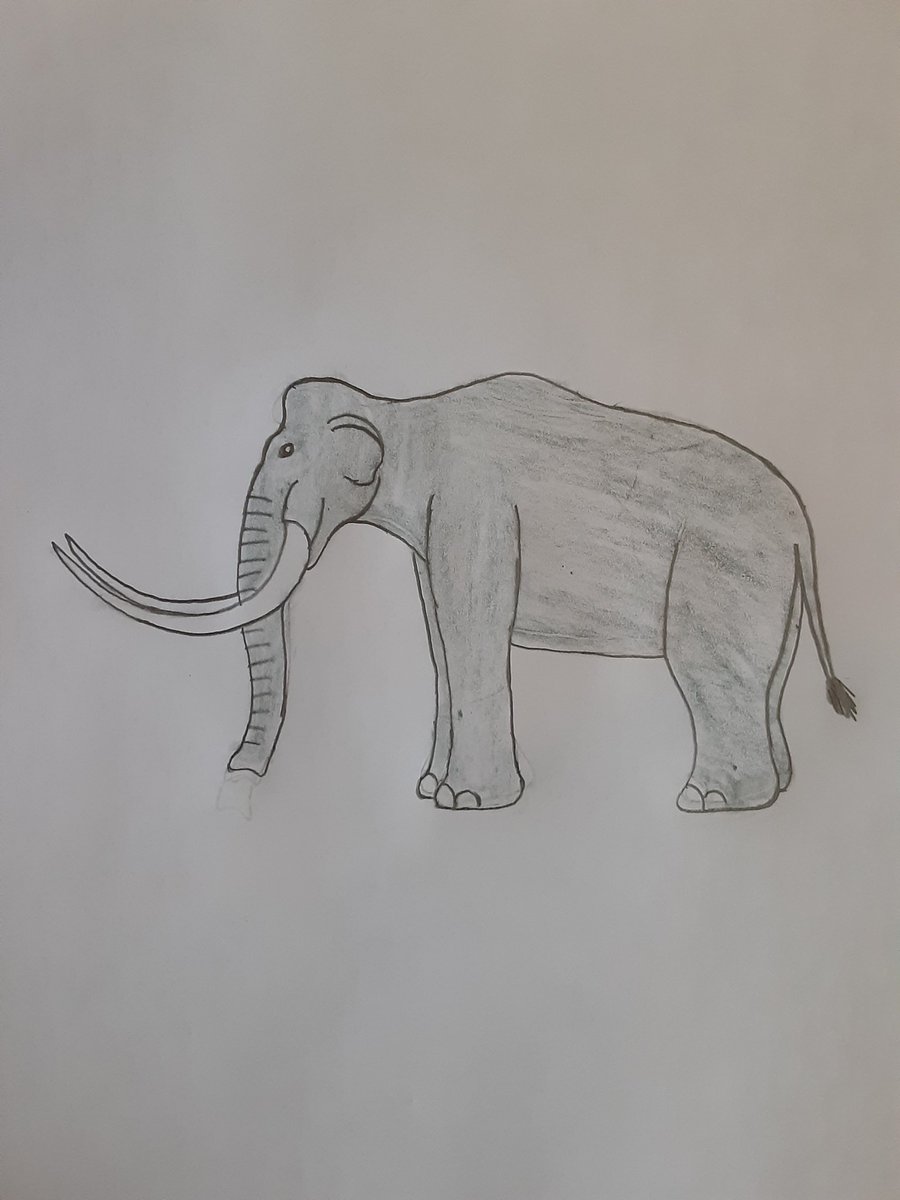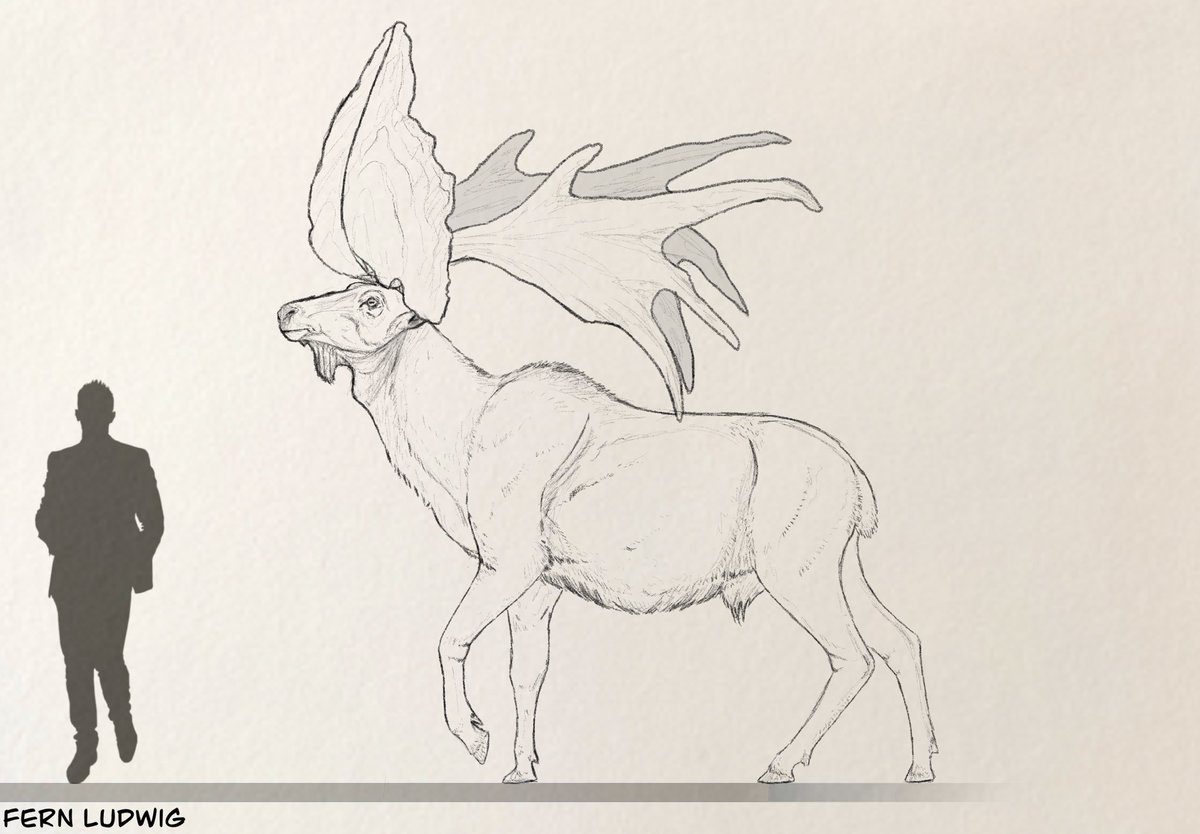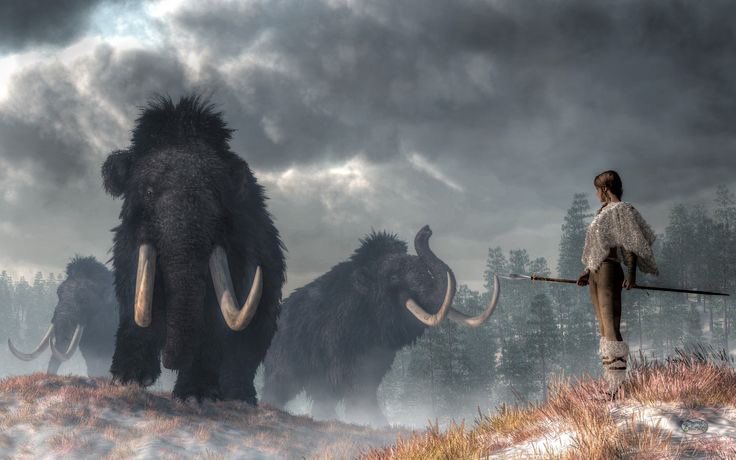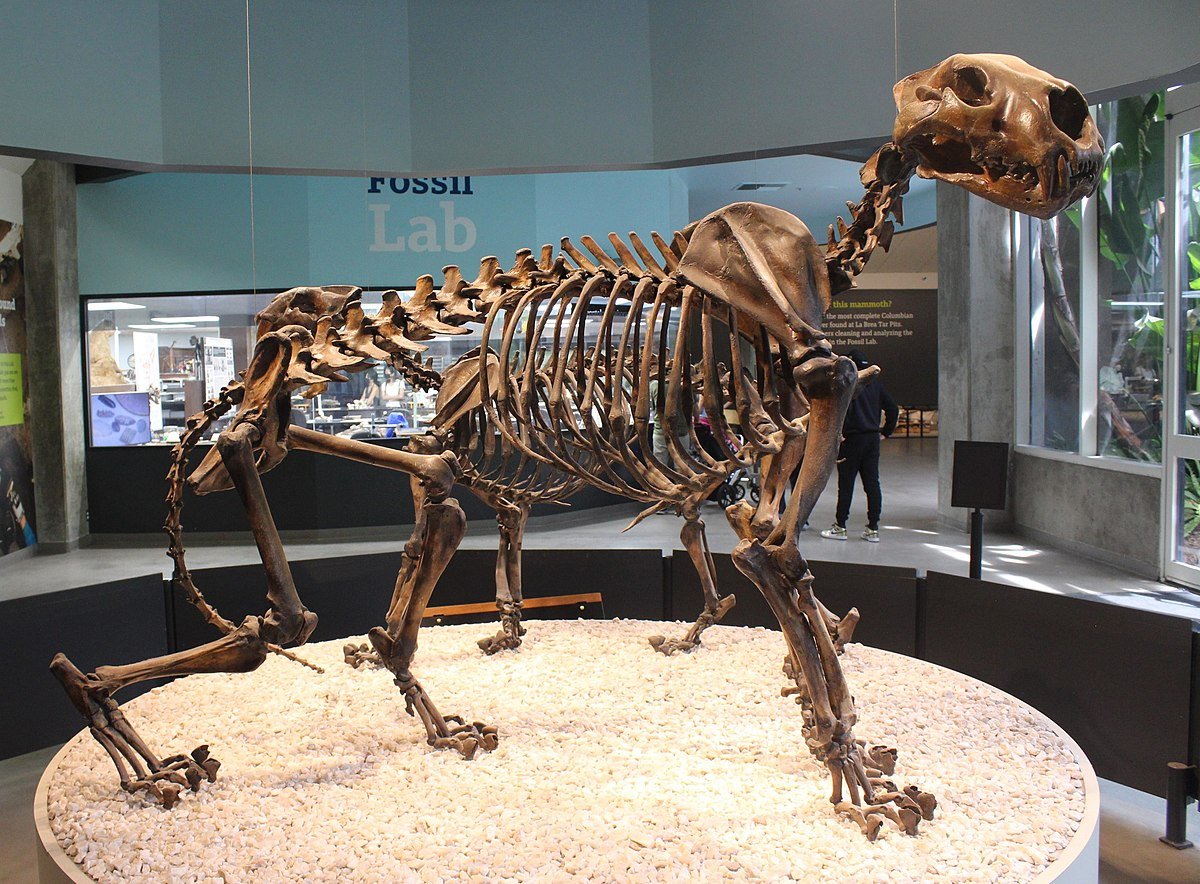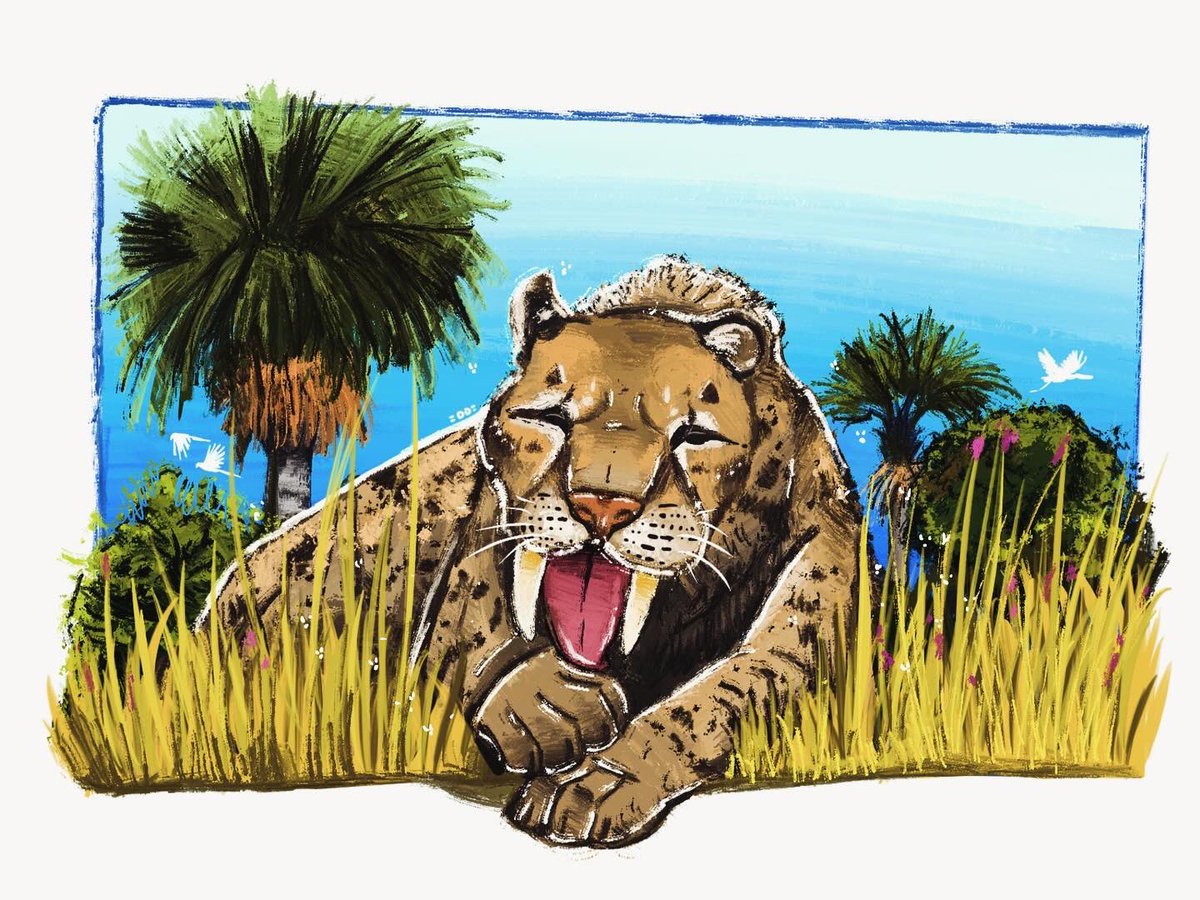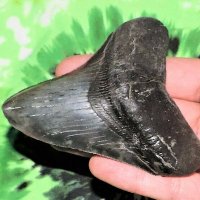
A life-sized reconstruction of Megalania, an extinct giant lizard, that inhabited Australia during the Pleistocene era with an estimated length of 3.5 to 7 meters (11.5- 23 ft) and a weight between 97-1,940 kg (214-4,277 lb). CREDIT: Prehistoric Earth #Megalania
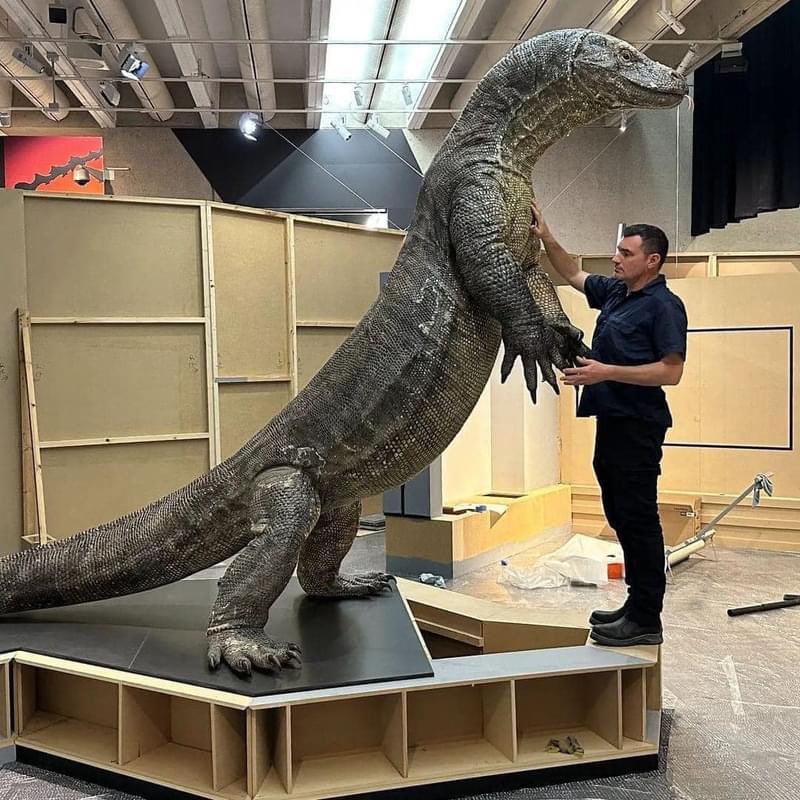

These days we are visiting historic #Miocene - #Pleistocene fossil sites of Minorca 🐁🐇🐢, some of them described by the paleontologist Dorothea Bate at the early of XXth century. Enjoying a lot of this experience! #FossilFriday #PaleoGalicia #womeninpaleo #inspiringwoman
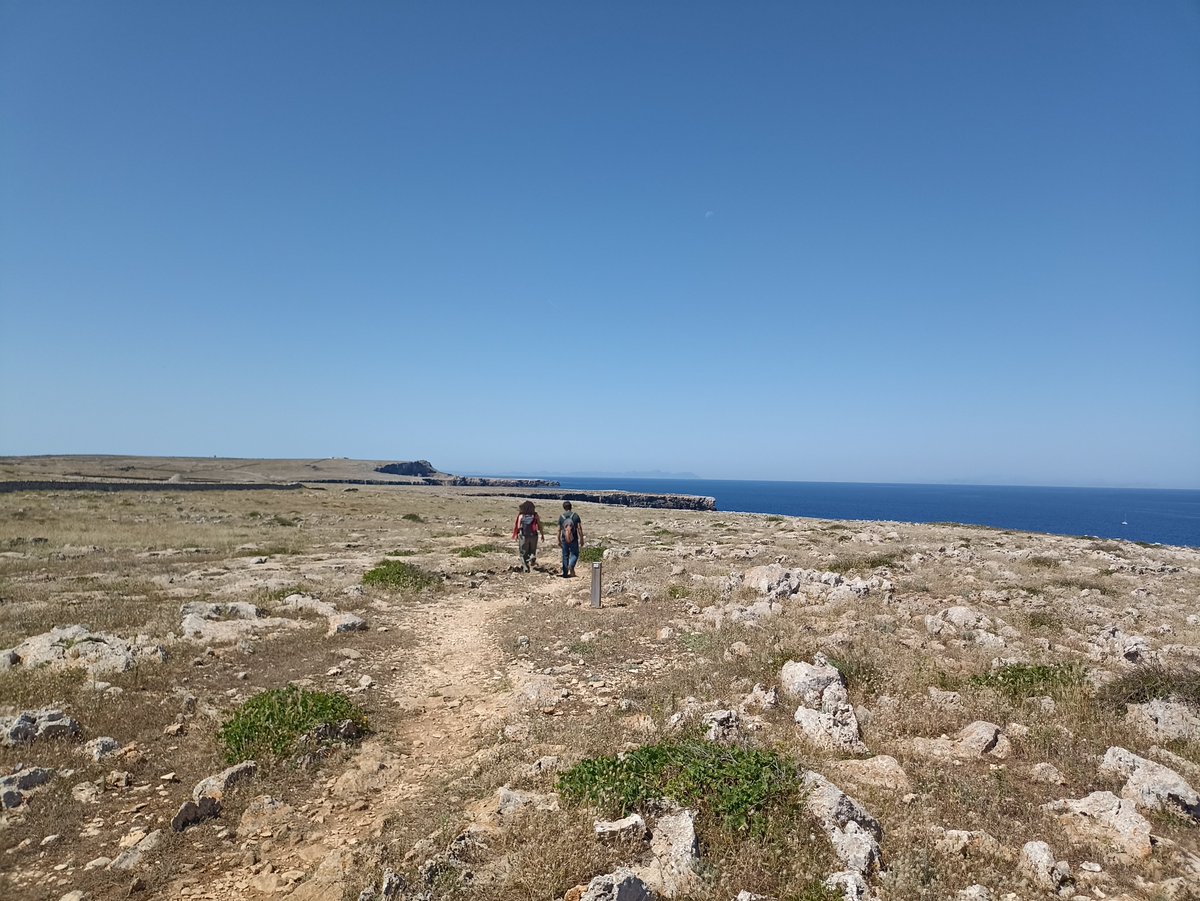

La Pianura Padana migliaia di anni fa era una immensa foresta piena di animali. Era la nostra Amazzonia... fotoagh.it/la-pianura-pad…… #padana #pianurapadana #pleistocene #amazon #amazzonia
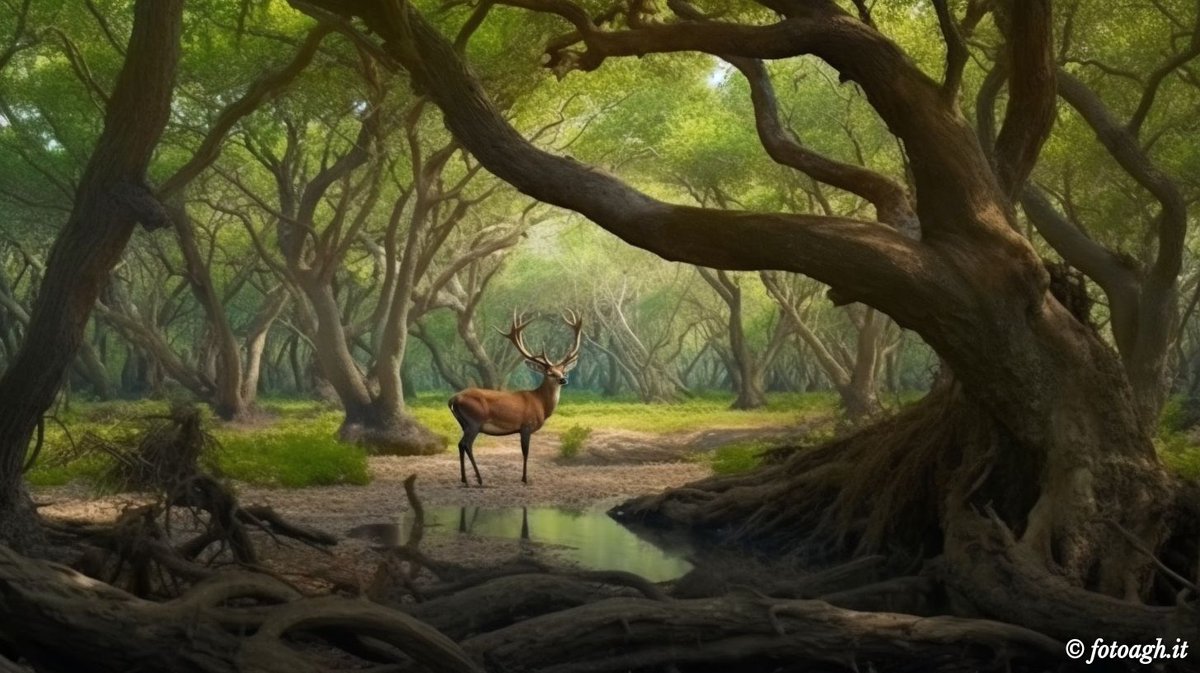




Elasmotherium is an extinct genus of large rhinoceros endemic to Eurasia during Late Miocene through to the Late Pleistocene. CREDIT: Prehistoric Earth #ExtinctRhino
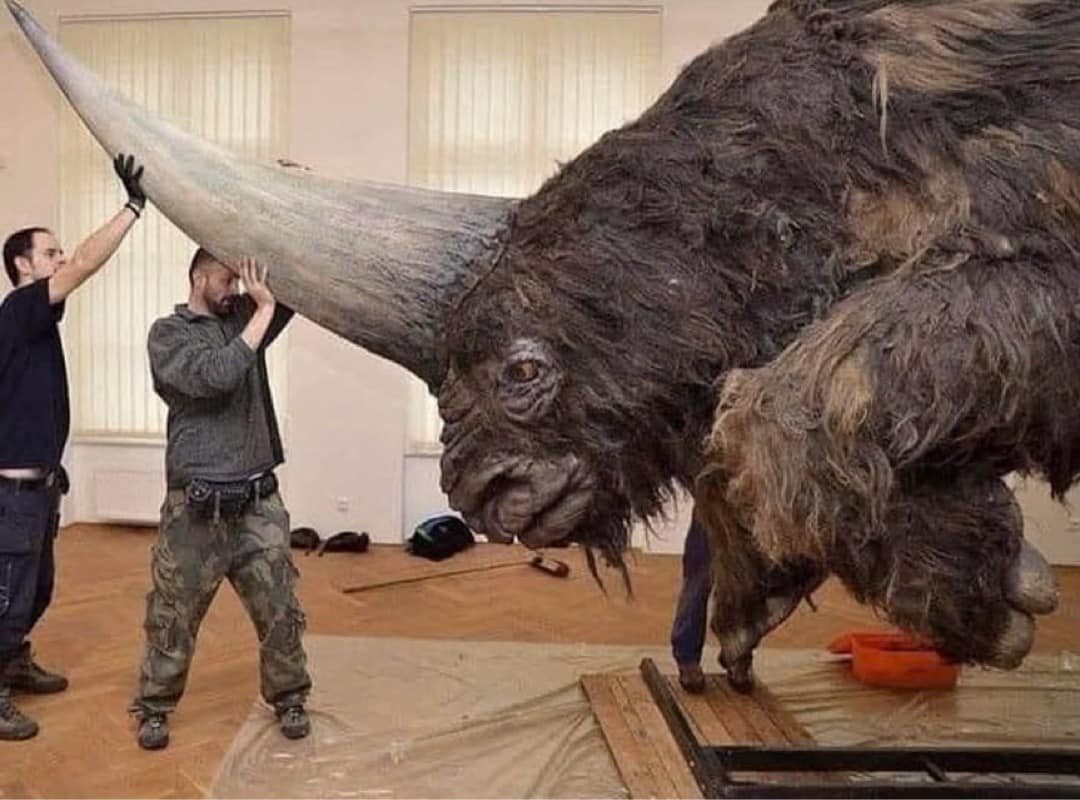

Protemnodon viator was a large quadrupedal kangaroo which inhabited Australia from the Pliocene to the late Pleistocene
this #ReconciliationWeek , I want everyone to remember something (🧵):
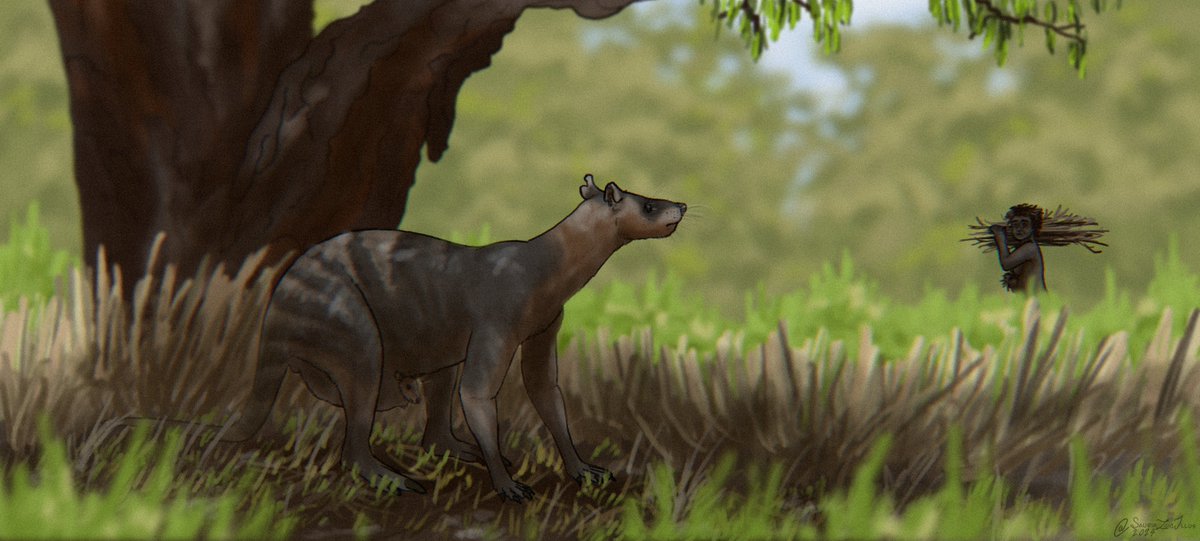








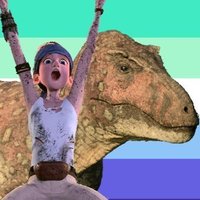

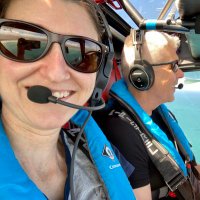

Congratulations Fikeru Mekonenn
on joining our team for a PhD
🇨🇦
Fikeru is a lecturer Adigrat University interested in lithic source analysis in the East African Plio-Pleistocene 🇪🇹
Your academic journey from #ErasmusMundus to U Calgary is inspiring
Welcome Fikeru!

